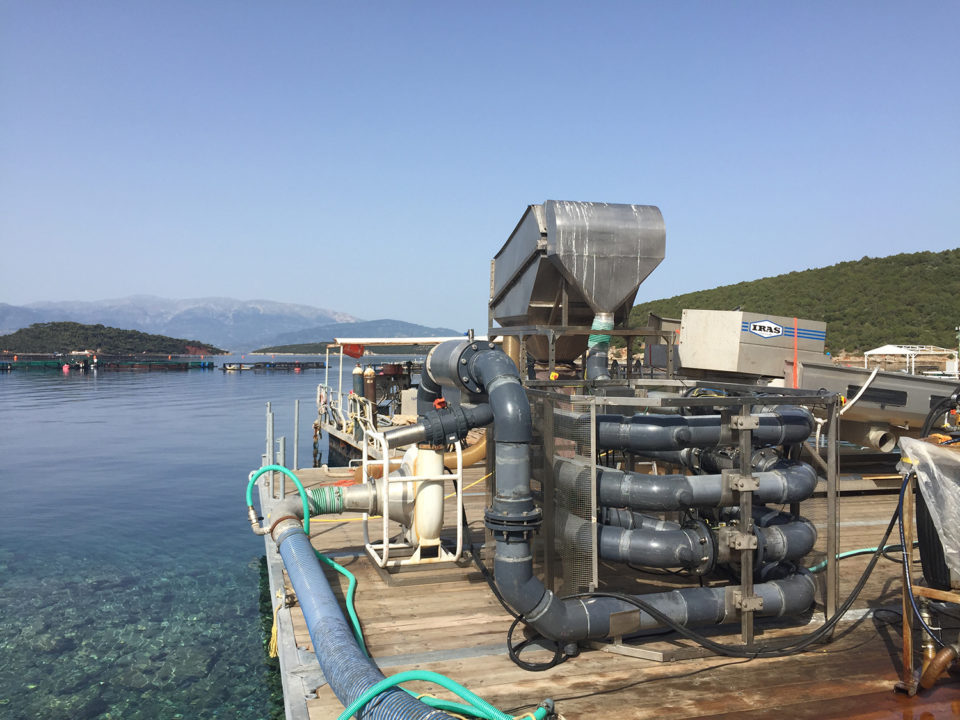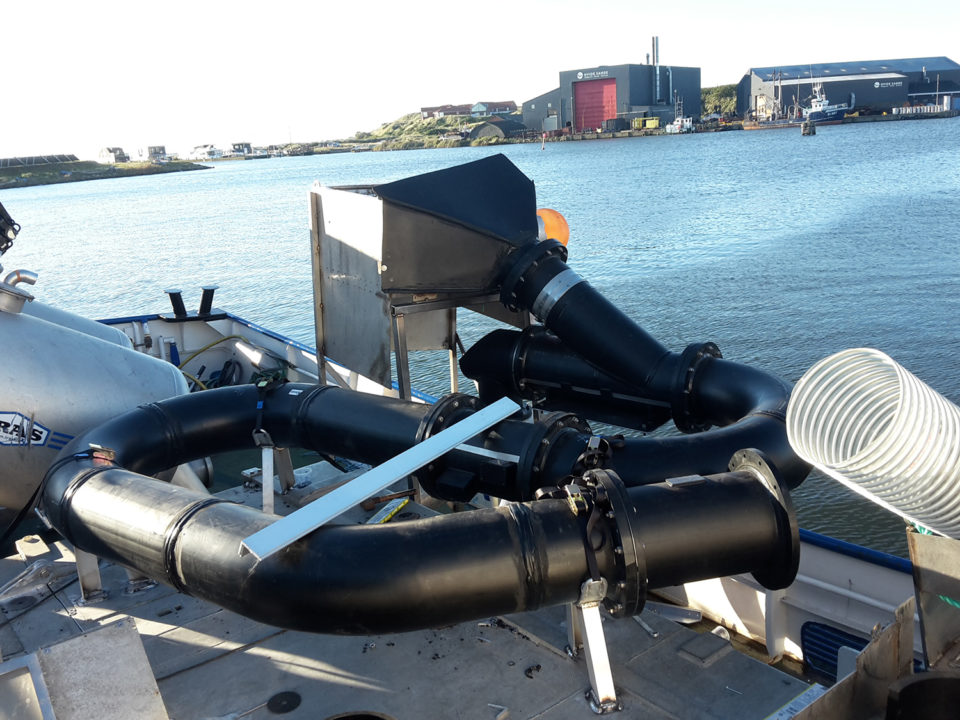Scottish company’s in-water stunning device promises a more humane slaughter

With animal welfare an emerging worldwide discussion topic for food producers, Ace Aquatec noticed a significant gap in the market when it came to harvesting fish in an ethical and humane manner.
“There has been a lack of equipment to help people farm their fish ethically when it came to slaughter,” said Mike Forbes, head of sales and marketing for the Dundee, Scotland-based company. “We saw stunning systems that damage the fish or don’t produce an even electrical field, meaning some fish get more stunned than others. So our goal was to create a more humane and efficient version of electric stunning that would leave fish unconscious for two-to-three minutes, enough time to bleed and kill the fish immediately or to put them onto ice so they’ll remain unconscious until they die.”
Ace Aquatec’s Humane Stunner Universal (HSU) made the company a finalist for the Global Aquaculture Alliance’s annual Global Aquaculture Innovation Award. The HSU is a water-filled pipe lined with electrodes and fish pumped through the pipe are immediately rendered unconscious by the electricity in the water. Each HSU is designed for its particular operating site, be it cage-side harvesting on a boat or barge, a box conveyor belt design for crustaceans, a truck or a land-based operation. The size of the device varies according to the location, with pipes that up to eight meters long to ones confined to a two- or three-meter space.
The product was in development for five years and underwent several iterations before its release a couple of years ago. One of its key selling points is its low maintenance.
“There are no moving parts to it so there’s no potential for damage,” Forbes said. “In remote locations like Alaska, its reliability poses a big benefit. There’s no servicing required and no parts to change. So our customers don’t have to worry about someone getting on three planes to service the device.”

Ace Aquatec has 20 clients worldwide to date and they’re reporting a significantly increased harvesting rate as a result of the HSU.
“The fish are so much easier to handle because they’re unconscious and not writhing around,” he said. One client, Scottish Sea Farms, doubled its hourly harvest rate from 20 to 40 tons per hour, as well as reducing the risks to staff, who previously had to handle large, stressed fish thrashing about. Another, the Southern Southeast Regional Aquaculture Association, found the HSU allowed for gentler handling of fecund female fish, maximizing the yield and quality of egg production.
“We achieved our production goals in 2018 with survival to eye [life stage] consistently at 95 percent or above and a chum salmon egg-take of 70 million,” said Bill Gass, SSRAA’s production manager.
For Selcoth Fisheries, which produces rainbow trout in the Scottish borders, Ace Aquatec designed a square tube pipeline stunner with stun settings calibrated for species and environment, to protect against spine damage or blood spotting. The result was a harvest process that produced superior quality trout, Forbes said.
Our goal was to create a more humane and efficient version of electric stunning that would leave fish unconscious for two-to-three minutes.
“We have lots of customers in the pipeline but the design process can be time consuming and the purchase decision is a big one,” he explained. With an on-site staff of just six, Ace Aquatec employs designers in the United Kingdom to design HSUs for a particular space and a manufacturing factory in Scotland to build the devices. It takes three months from order to delivery and installation.
Forbes refused to disclose the price of the HSU, saying only that it varies depending on the volume of fish being processed, the species and the salinity of the water. The units are also available to rent.
John Forster, a GAA consultant specializing in fish welfare, noted that the HSU has been developed around the salmon farming industry and is likely to be out of reach to smaller farmers farming less valuable species.
“Ace Aquatec is the leading company when it comes to instant stunning prior to slaughter, and they’re obviously really good at using electricity in water,” he noted. “They’ve developed an electric fish that will deliver a shock when a seal bites into it, as a deterrent to seals. So they’re very inventive. But the key in this situation will be how this technology can be applied to other species and smaller farmers at an affordable price point.”
Follow the Advocate on Twitter @GAA_Advocate
Now that you've finished reading the article ...
… we hope you’ll consider supporting our mission to document the evolution of the global aquaculture industry and share our vast network of contributors’ expansive knowledge every week.
By becoming a Global Seafood Alliance member, you’re ensuring that all of the pre-competitive work we do through member benefits, resources and events can continue. Individual membership costs just $50 a year. GSA individual and corporate members receive complimentary access to a series of GOAL virtual events beginning in April. Join now.
Not a GSA member? Join us.
Author
-

Lauren Kramer
Vancouver-based correspondent Lauren Kramer has written about the seafood industry for the past 15 years.
Tagged With
Related Posts

Health & Welfare
Fish producers benefit from humane slaughter techniques
EU legislation requires farmed fish be spared unnecessary pain, distress or suffering at slaughter, and efficient manual and automated systems have been developed to help achieve this goal. What’s more, longer shelf life and improved flesh quality have been reported.

Health & Welfare
Animal welfare: Growing factor in international aquaculture
Although concerns for the animal welfare of food animals are currently highest in the United Kingdom and European Union, they are also growing in other parts of the world.

Health & Welfare
Study ties animal welfare practices to consumer purchasing
There’s an opportunity to expand the U.S. market for farmed seafood if the aquaculture industry were to more widely adopt humane production practices, according to a study by Changing Tastes and Datassential.

Health & Welfare
Evaluating stunning methods in tropical shrimp aquaculture
Study evaluated effects of stunning methods (thermal shock and electric shock) on the welfare of three crustacean species, including Pacific white shrimp.

